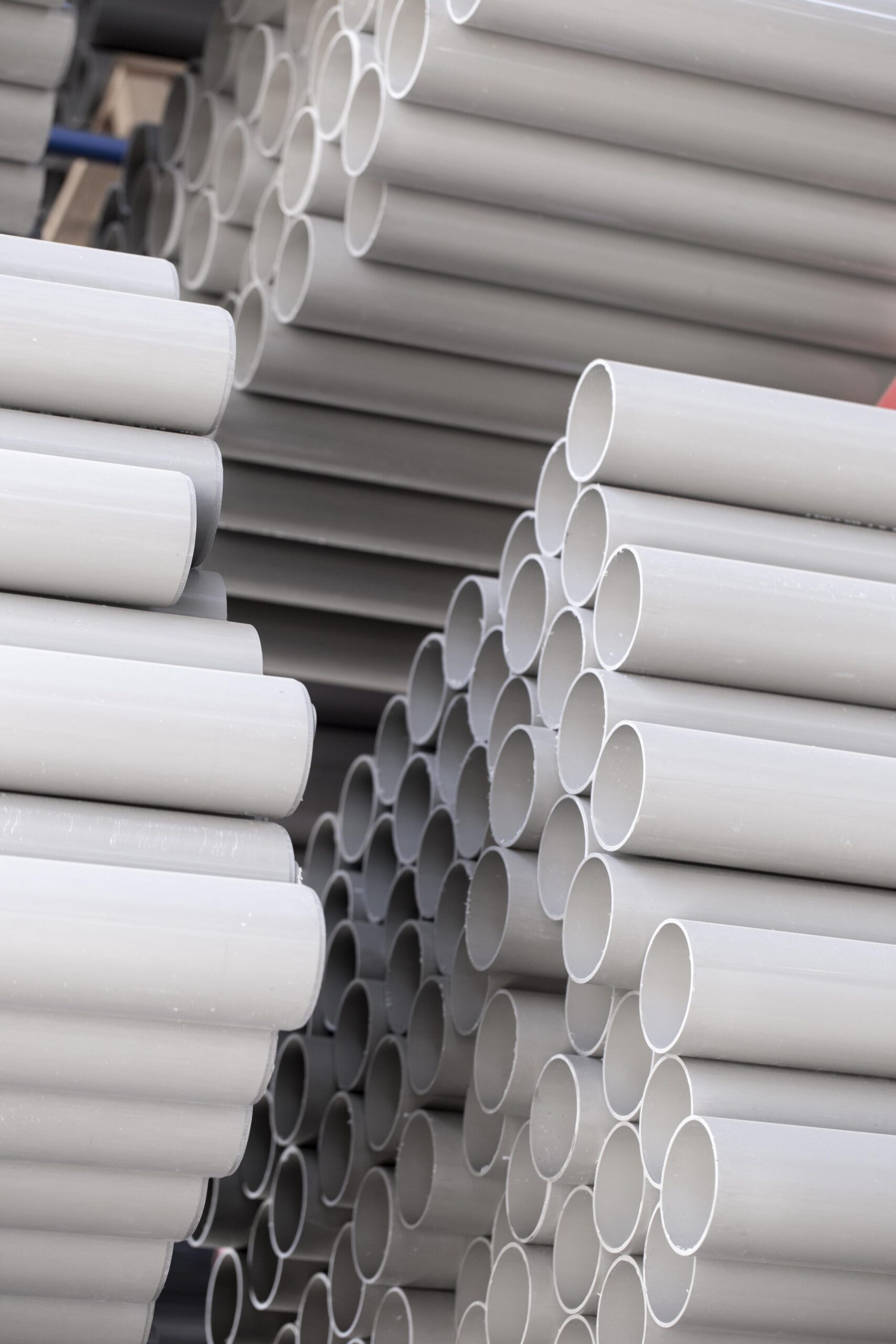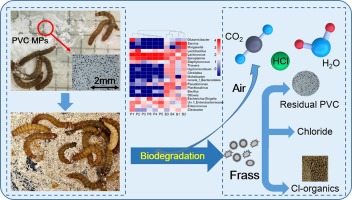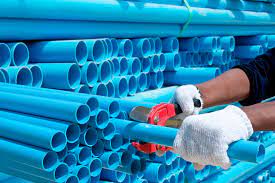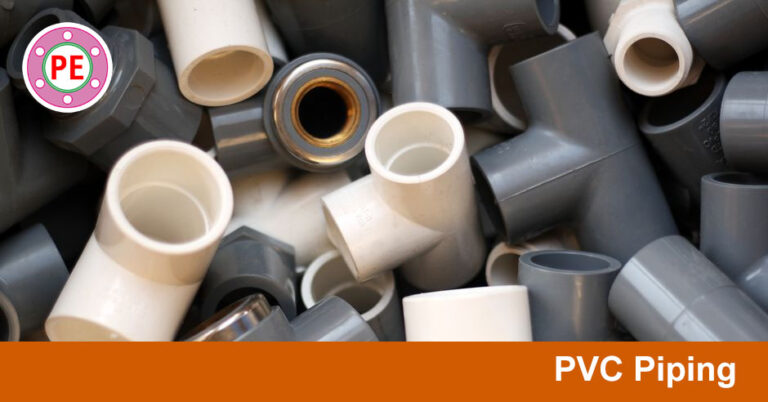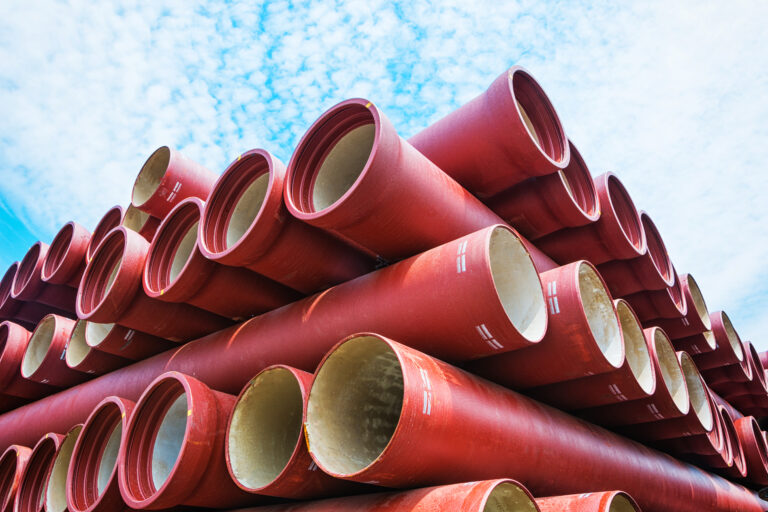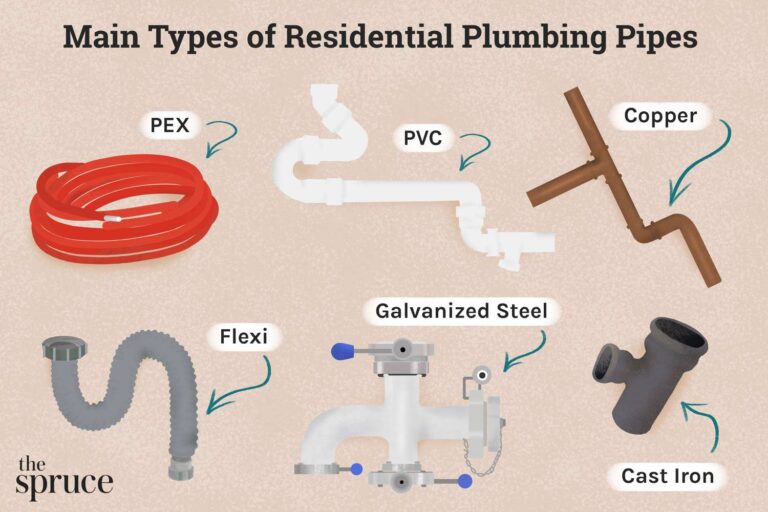What Is CPVC Plumbing?
CPVC (Chlorinated Polyvinyl Chloride) plumbing is a type of plumbing system that is used extensively in residential and commercial applications. It is a type of plastic pipe that is lightweight, cost-effective, and corrosion-resistant. CPVC is also easy to install, making it a popular choice for many plumbing projects. CPVC pipes are most commonly used for hot and cold water piping, as well as for drainage applications. CPVC is a sturdy and reliable material that offers several benefits, including low maintenance requirements, increased longevity, and improved energy efficiency.
Overview of CPVC Plumbing
CPVC is a type of plumbing that utilizes a special type of plastic pipe that provides superior durability and flexibility. CPVC stands for Chlorinated Polyvinyl Chloride, and it has become increasingly popular due to its resistance to corrosion and its ability to withstand high temperatures and pressures. It is also an affordable plumbing option, making it ideal for residential and commercial applications. CPVC is commonly used for water supply lines, drainage systems, and irrigation systems. It is also used in many industrial settings, including chemical processing and manufacturing.
CPVC pipes feature several advantages over other types of plumbing, such as copper and steel. CPVC pipes are lightweight, easy to install, cost-effective, and resistant to corrosion and scaling from hard water. They can also withstand hot water temperatures up to 200°F, which makes them suitable for hot water plumbing applications. Additionally, CPVC pipes are easy to customize and can be cut to the desired length for any installation.
In conclusion, CPVC is an excellent option for those looking for a durable and cost-effective plumbing solution. It provides superior corrosion resistance, high-temperature tolerance, and flexibility. The lightweight and customizable nature of CPVC makes it an ideal choice for residential and commercial applications.
Benefits of CPVC Plumbing
CPVC has become increasingly popular in recent years due to its versatility, durability, and cost-effectiveness. CPVC, or chlorinated polyvinyl chloride, is a type of plastic pipe that is used in both residential and commercial plumbing systems. It is designed to be strong, flexible, and corrosion-resistant, which makes it an ideal choice for a variety of plumbing applications. In addition, CPVC is relatively inexpensive, easy to install, and available in a wide variety of sizes and shapes.
CPVC has several advantages over traditional metal pipe systems. It is more resistant to corrosion and can be used in locations where metal pipes may not be suitable. CPVC is also less expensive than copper or other metal pipes and is easier to install. Furthermore, CPVC is lightweight and can be used in tight spaces, making it a great option for complex plumbing projects.
CPVC is also highly resistant to water damage and is designed to last longer than other types of plumbing. It is also immune to the growth of bacteria, fungi, and mold, making it a great choice for areas with high humidity levels. In addition, CPVC is not affected by soil acidity, making it ideal for outdoor plumbing applications. Finally, CPVC does not require the use of soldering or other joining techniques, making it a highly efficient and cost-effective option for many plumbing projects.
Installation and Maintenance of CPVC
CPVC is a great choice for both residential and commercial properties due to its superior durability and ease of installation. CPVC (Chlorinated Polyvinyl Chloride) is a type of rigid plastic piping used for hot and cold water delivery systems, as well as for drain, waste, and vent lines. It is a great alternative to copper or other metal pipes because of its affordability, flexibility, and resistance to corrosion. CPVC pipes are available in a variety of sizes and lengths and can be installed in most existing plumbing systems.
When it comes to the installation and maintenance of CPVC, there are some important factors to consider. It is important to use the correct type of adhesive when connecting the pipes to ensure a strong and secure connection. It is also important to tightly secure the pipes in place with clamps or straps to prevent any leaks or other problems. With proper maintenance, CPVC pipes can last for many years. Regularly check for any signs of damage, such as cracks or breaks, and replace any damaged sections as soon as possible. It is also important to check the water pressure regularly to ensure that the pipes are not under excessive strain.

Common Applications of CPVC
CPVC (Chlorinated Polyvinyl Chloride) plumbing is a type of plastic piping widely used in residential and commercial plumbing systems. It is strong, durable, and corrosion-resistant, making it an excellent choice for many plumbing applications. CPVC is resistant to heat, making it an ideal material for hot water lines. It is also non-toxic, making it a safe option for food and beverage applications. In this blog, we will take a look at some of the common applications of CPVC plumbing.
One common application of CPVC plumbing is in pressurized water systems, such as those used in sprinkler systems. CPVC is an excellent choice for high-pressure systems because it is resistant to corrosion and can withstand high temperatures. CPVC is also widely used in plumbing applications such as hot and cold water lines, sewer and drain lines, and gas lines. CPVC is also an excellent choice for water distribution systems, as it is strong and resistant to heat.
CPVC is also an ideal material for chemical drainage systems, as it is resistant to a wide range of chemicals. It is also used in the medical industry for oxygen lines due to its resistance to high temperatures and its non-toxicity. In addition, CPVC is often used in laboratories and research facilities because it is resistant to many chemicals and can withstand high temperatures.
CPVC plumbing is a versatile material that is ideal for many residential and commercial plumbing applications. Its strength, durability, and corrosion resistance make it an excellent choice for many plumbing systems. From pressurized water systems to chemical drainage systems, CPVC is an ideal material for many plumbing applications.
Cost of CPVC Plumbing
CPVC is an affordable and durable plumbing solution for both commercial and residential settings. CPVC, or chlorinated polyvinyl chloride, is a type of plastic piping that is used in place of traditional copper pipes. It is resistant to corrosion and can be used in hot or cold water applications. When it comes to cost, CPVC is more affordable than copper and can be installed at a fraction of the cost. The cost of CPVC plumbing will depend on the size and scope of the job, as well as the complexity of the installation. In addition to the cost of the material, labor costs, and other associated costs may also apply. When considering CPVC plumbing, it is important to consider the total cost of the project, including labor, material, and any additional costs.
Frequently Asked Questions
Q1: What is CPVC plumbing?
A1: CPVC plumbing is a type of plastic piping that is commonly used for hot and cold water distribution in residential and commercial buildings. It is more durable and easier to install than metal plumbing and is less expensive.
Q2: What are the advantages of CPVC plumbing?
A2: CPVC is resistant to corrosion, which makes it a better choice for hot and cold water distribution in residential and commercial buildings. It is also easier to install than metal plumbing, is less expensive, and is resistant to temperature changes.
Q3: What sizes and shapes are available for CPVC plumbing?
A3: CPVC is available in a variety of sizes and shapes, including ½” to 2” pipe sizes and standard tee, elbow, and coupler fittings. It is also available in a variety of colors for aesthetic purposes.
Conclusion
CPVC is a great choice for those looking for a cost-effective and durable plumbing solution. It is easy to install, strong, and resistant to corrosion. CPVC is an ideal choice for both residential and commercial applications, and can be used in a variety of applications, such as hot and cold water lines, drainage systems, and irrigation systems. With its low cost and long-term durability, it is a great option for any plumbing project.

